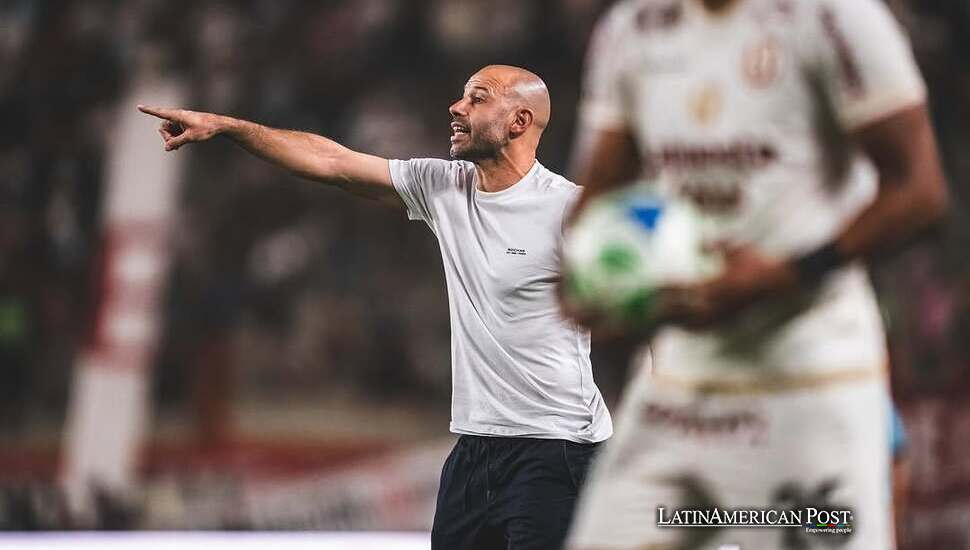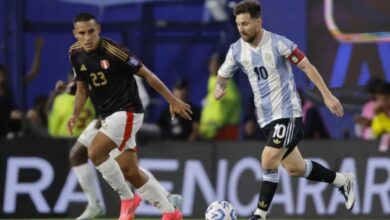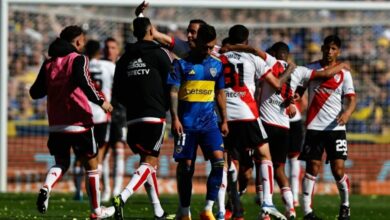Argentina's Mascherano Receives Very Cold US Soccer Reception and "Impossible" Opponent

A frigid clash in Kansas City recently tested Javier Mascherano’s Inter Miami and America’s budding passion for soccer. Despite punishing conditions, an impressive display proved the sport can push boundaries, much as the NFL, baseball, and hockey already do.
A Hard Frost for American Soccer
A recent victory by Inter Miami over Sporting Kansas City was notable for more than just the result. The bad weather, with temperatures near -15°C and biting winds, showed that soccer in the United States still faces conditions that many established leagues have already adapted to. Javier Mascherano, Inter Miami’s head coach, made clear that battling icy blasts and numb limbs was a shock to players accustomed to milder climates. When even an Argentine legend calls the temperature “impossible to play in,” it highlights how soccer is hitting new extremes within the US sports landscape.
For many fans worldwide, soccer is an outdoor game that can encounter rain, chilly nights, or blazing sun. Yet, encountering sub-zero climates so early in the season breaks from the typical script. The spectacle of Lionel Messi scoring a great goal in such harsh conditions brought excitement, but it also showed one aspect that may reduce the interest of new fans. If they see players so bundled up that they look like mannequins in winter clothes or if games turn into tests of endurance instead of displays of talent, it can limit the sport’s appealing charm. Mascherano’s squad tackled the challenge and secured a key win next to prove that hard work creates a path for soccer to grow in a country with changing weather.
American soccer’s main obstacle is to link a mostly warm weather view of the game with the actual needs of regions that face harsh winters. As the MLS invests more in high-profile talent—Messi is just the tip of the iceberg—anticipating the different playing environments should become a focal point. The game’s survival in these challenging settings will shape how fans perceive soccer’s future. After all, there is no shortage of sports competition in the US, so delivering a polished, enthralling product under any circumstances must remain a priority.
Drawing Inspiration from Major US Sports
The United States has a history of sporting events that defy extreme conditions. The NFL, famed for its “tundra” clashes, draws massive crowds even in January’s biting cold. Baseball, while generally a summer sport, can see early spring or late fall games in near-freezing temperatures, and fans continue to show up. Hockey is played on ice, and although it takes place indoors, the NHL has harnessed the public’s fascination with the elements by staging occasional outdoor matches in wintry stadiums. These sports prove a core principle: cold alone cannot deter American sports fanatics if the on-field quality is compelling.
The expertise gleaned from these other leagues should not be overlooked even as soccer tries to elevate its status. NFL teams manage weather challenges through specialized gear, strategic scheduling, and heated surfaces. Baseball invests in heated dugouts and public reminders to dress warmly. The NHL checks its ice far better than anyone else, making the game fair and fun. By studying these teams, MLS clubs can copy or change ways that keep games playable and entertaining, regardless of the forecast.
This cooperation builds unity among sports fans. If supporters accustomed to the polar pigskin action of the Green Bay Packers can appreciate a similarly snow-dusted soccer match, the sense of novelty draws them in. After all, American audiences adore witnessing feats of athleticism in extreme environments. Some of the NFL’s most iconic moments—like the legendary “Ice Bowl”—became ingrained in sports folklore precisely because the conditions were unforgiving. MLS can capture the dramatic appeal and turn cold games into shows of grit and strength, much like its older American siblings have achieved.
Mascherano’s Adaptation and the Messi Factor
Through all this, Javier Mascherano stands out as a symbol of adaptation. Argentina’s climate rarely hits such arctic depths. Mascherano, having played primarily on warmer locales—Barcelona in Spain or Liverpool in England’s moderate oceanic climate—confessed this was a uniquely brutal test. Yet he also praised his squad for embracing the challenge. Players who once feared even a slight cold ended 90 minutes feeling happy and victorious. This shows how soccer can secure its role in American sports: face challenges and try for the best performance.
Lionel Messi’s appearance under these conditions boosted interest. His name draws worldwide notice while fans watch him closely – even those who aren’t big soccer fans. On a cold evening in Kansas City, he netted a superb goal that proved skill beats the weather. His moment, captured as swirling snow reduced vision, might signify the league’s strength. MLS has long sought unique events for local fans. A top superstar performing magic in freezing weather is the event that wins hearts and media coverage.
Mascherano’s attitude of noting the difficulty while showing pride is a good sign. A worldwide sport, football faces extremes, from high stadiums in Bolivia to very hot matches in Qatar. By treating the US’s varied climates as another challenge, Mascherano subtly shows that success can grow even in the most challenging parts of North America. That positivity fosters hope that Inter Miami and other teams can continue drawing crowds, regardless of season or the mercury reading.
Building an Icy Bridge to the Future
This uninviting reception for Inter Miami might become a step in American soccer’s growth. Instead of a drawback that cools fans’ enthusiasm, it could act as a call for soccer to leave its safe zone. MLS can match the robust standards of the NFL, MLB, or NHL by learning to embrace climate variations, scheduling matches thoughtfully, and investing in infrastructure like heated fields and improved stadium amenities. There’s no reason soccer can’t become a four-season spectacle, too.
Even as the weather aimed to stop play, the match in Kansas City displayed superb athletic ability, with a crowd ready to cheer the game. The idea that US soccer is weak may be outdated. Suppose teams continue to draw from the can-do spirit at the heart of American sports culture. In that case, fans will appreciate the unwavering determination to deliver matches in prime form, come snow or sleet. People admire perseverance, and events like these shape a sport’s identity.
Inter Miami’s next matches will likely enjoy milder conditions. The Copa de Campeones second leg is set to take place in friendlier temperatures, and upcoming MLS fixtures might not require an avalanche of woolen scarves and gloves. Yet the memory of beating that deep freeze can remain a mark of achievement for players and fans who attended the stands. By taking this course, Mascherano and his team strongly effort to grow soccer’s popularity in the US and warm hearts in ways low temperatures cannot show.
Also Read: Remembering the Scapegoating of Baseball’s Rafael Palmeiro as a Hispanic Foreigner
In the end, those famously stoic NFL, baseball, and hockey fans have something new to observe: a soccer team willing to meet winter on its terms. Inspired by the intangible American sports spirit, the game continues to break boundaries. And if Inter Miami can flourish in below-freezing conditions, who’s to say that soccer’s growth in the US can’t grow just as robustly? The stage is set for more epic battles, bridging the warmth of Latin American flair with the chill of North American reality—a hybrid that might define the sport’s future on these shores.




